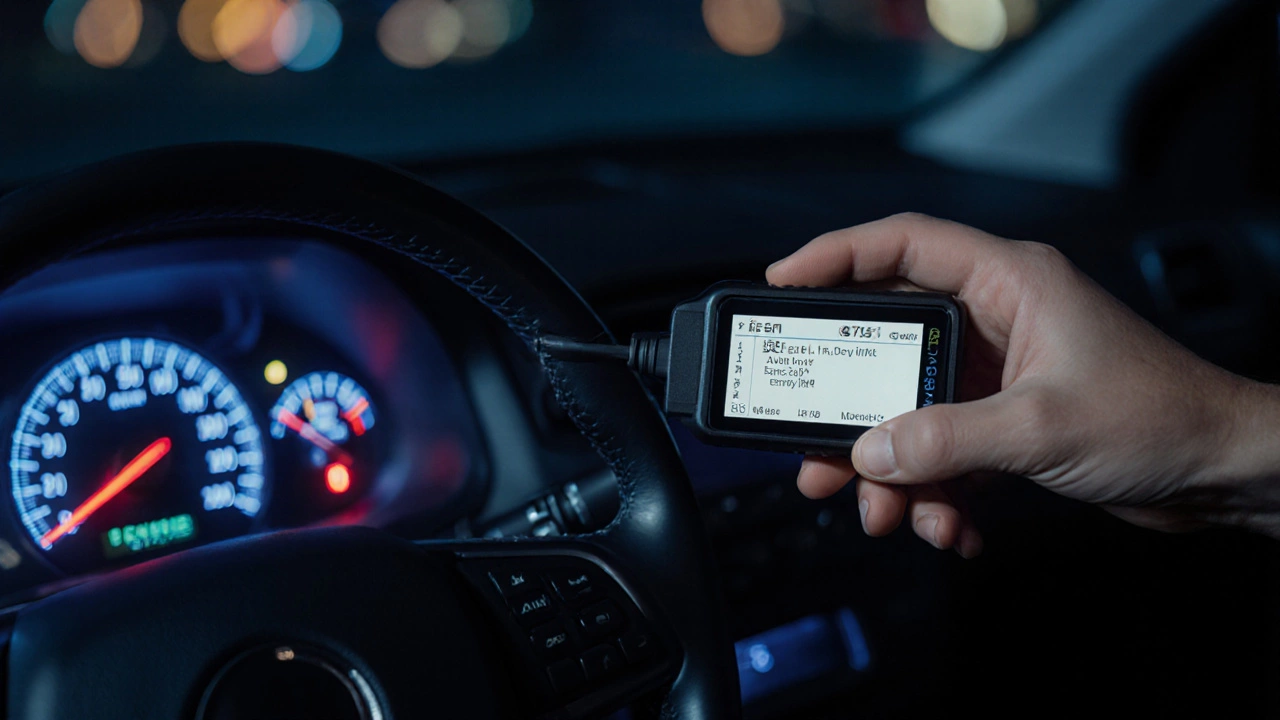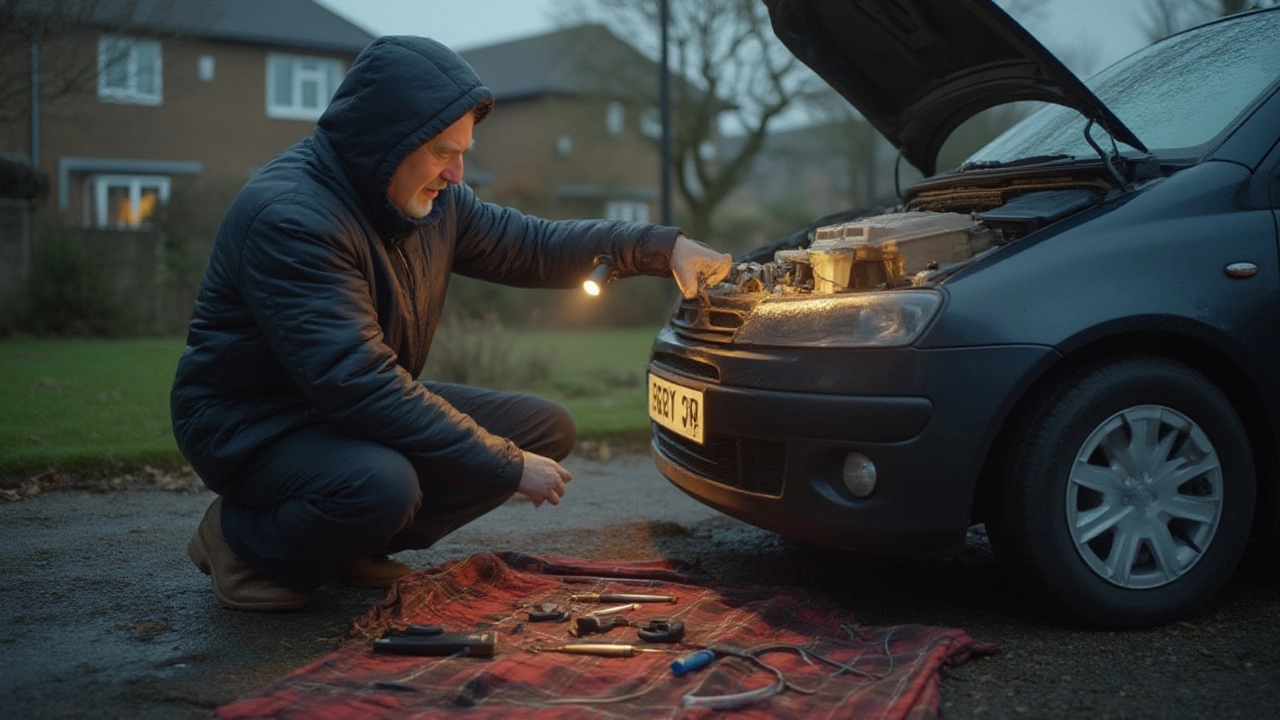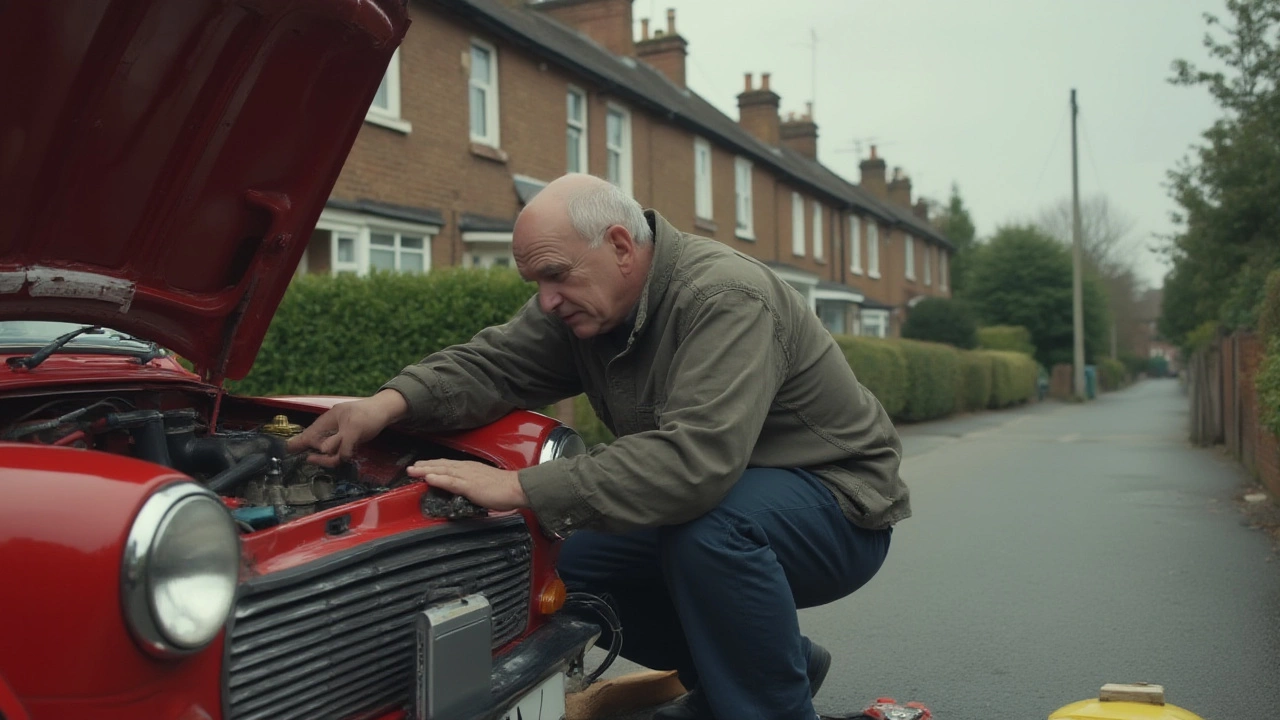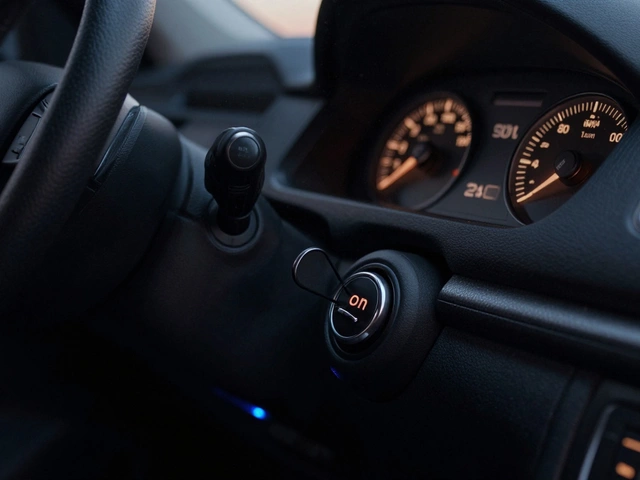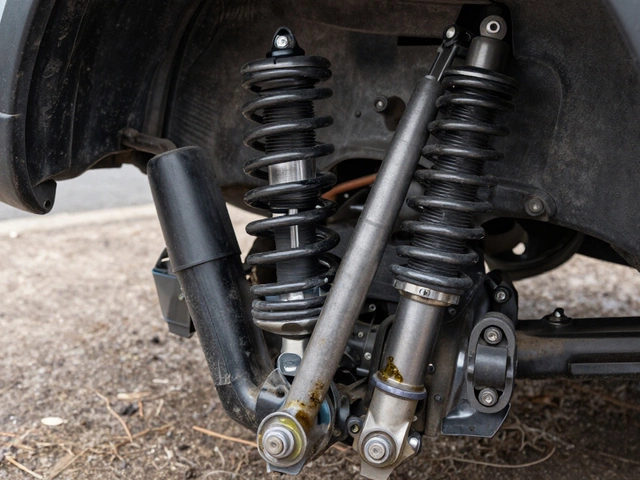Fuel Pump Symptoms: Signs Your Car’s Fuel Pump Is Failing
When your fuel pump, the component that pushes gasoline from your tank to the engine. Also known as fuel delivery system, it plays a silent but critical role in keeping your engine running. If it starts to fail, your car won’t just lose power—it might not start at all. Unlike a warning light that flashes clearly, a bad fuel pump often sneaks up on you with subtle, confusing signs that feel like other problems.
Think about this: your car sputters when you’re on the highway, then runs fine again. Or maybe it cranks but won’t start after sitting overnight. These aren’t just random glitches—they’re classic fuel pump symptoms, indicators that the pump isn’t delivering enough pressure or flow to the engine. A failing pump might also make a loud whining noise you didn’t hear before, especially when you first turn the key. And if your car dies under heavy load—like climbing a hill or towing—it’s often because the pump can’t keep up. You might even notice the engine misfiring or stalling at idle, which people often blame on spark plugs or sensors, but could just be low fuel pressure.
What makes this tricky is that many of these symptoms overlap with other issues—like a clogged fuel filter, bad injectors, or even a weak battery. But here’s the key difference: if your car starts fine when cold but struggles to restart after running, or if it loses power gradually instead of suddenly, the fuel pump is the likely culprit. And yes, a bad fuel pump can throw a code, triggering the check engine light with generic fuel system errors like P0191 or P0087. But not always. Many drivers never see a code, which is why knowing the physical signs matters more than waiting for a light.
You don’t need a diagnostic tool to spot trouble. Just pay attention: does your car hesitate when you press the gas? Does it take longer than usual to start? Have you noticed a drop in fuel economy without changing your driving habits? These aren’t just annoyances—they’re clues. And if you’ve been ignoring them, you’re risking a complete breakdown, maybe in the middle of nowhere.
The posts below give you the real, no-fluff details: how to test fuel pressure with basic tools, what to listen for when the pump is failing, why some people think tapping the tank helps (and why it’s not a fix), and how to tell if you really need a new pump—or if it’s something cheaper. You’ll also find out if you need to drain your tank before replacement, how long these parts usually last, and what happens if you wait too long. No guesswork. Just clear, practical advice from people who’ve been there.


